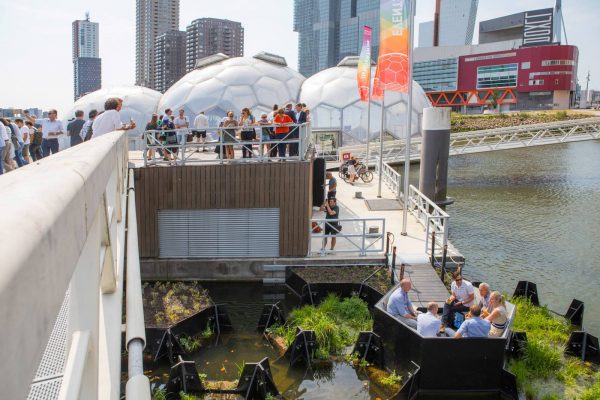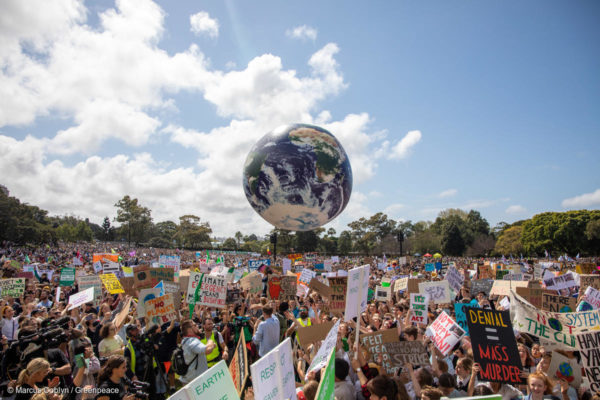adidas have recreated the classic Stan Smith sneaker using a new experimental sustainable canvas.
I had the opportunity to try the first iteration of the styles in the classic green and white, and colour me impressed. The shoes are very comfortable, buttery soft, and feel very close to the real thing. The real thing being leather of course.
The vegan ‘leather’ upper is made from PRIMEGREEN, one of adidas’ new performance fabrics which contains no virgin plastic. These new styles and sustainable materials are part of adidas’ commitment and journey to ending plastic waste.

A journey to ending plastic waste
We all know the problem with plastic pollution is that it does not biodegrade. And since plastic in shoes and clothes are not currently recyclable, they eventually end up in landfill –or worse–the ocean, where it adds to all the plastic ever created and the cycle continues.
So adidas is on a journey to redesigning their products using recycled materials and creating new fabrics from old water bottles and ocean waste.
Their commitment
“We believe that through sport we have the power to change lives, and we are dedicated to creating that change. Since 1998, we’ve been developing and introducing innovations to END PLASTIC WASTE. Our commitment to eliminate the use of virgin polyester in our products by 2024 helps us get one step closer to being a more circular company.” – James Carnes, VP Brand Strategy
- 2020: more than 50% of all the polyester adidas uses in products will be recycled
- 2021: adidas will work with adidas’ key US sports partners (MLS, NHL, USA Volleyball and the Power 5 NCAA football programs) to transition to more sustainable uniforms.
- 2024: adidas will use only recycled polyester in all adidas products across the business – aided by the introduction of PRIMEBLUE and PRIMEGREEN performance fabrics where 100% of the polyester used is recycled.
- 2030: adidas will reduce the company’s carbon footprint by 30 percent (as compared to 2017) as part of the Fashion Industry Charter for Climate Action.
- 2050: achieve climate neutrality. In Germany, the company already sources almost all its electricity from renewable sources.


